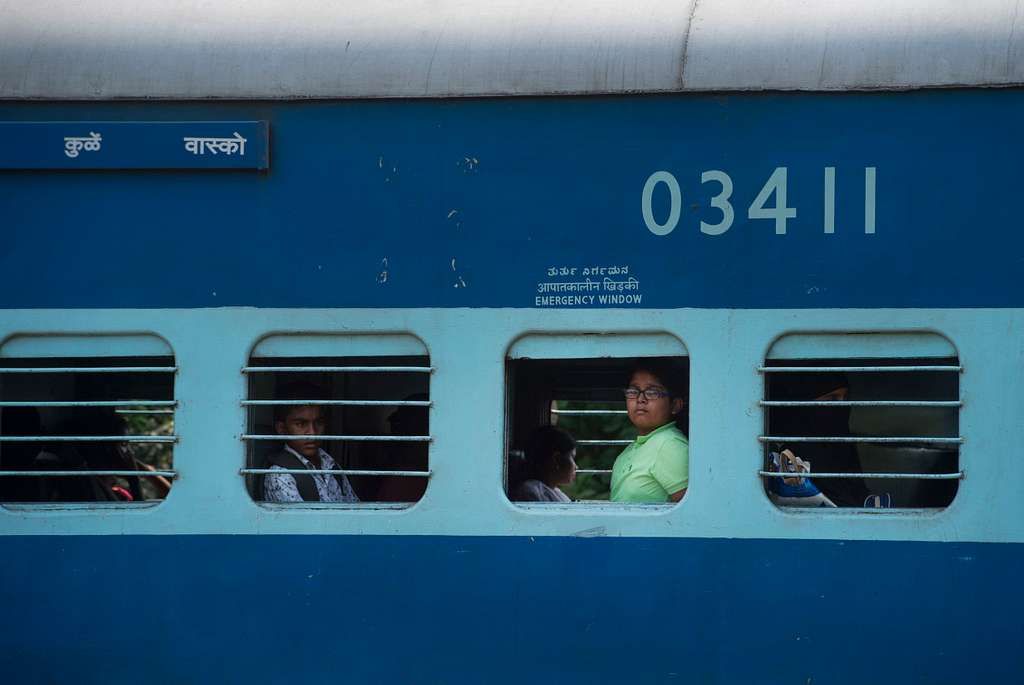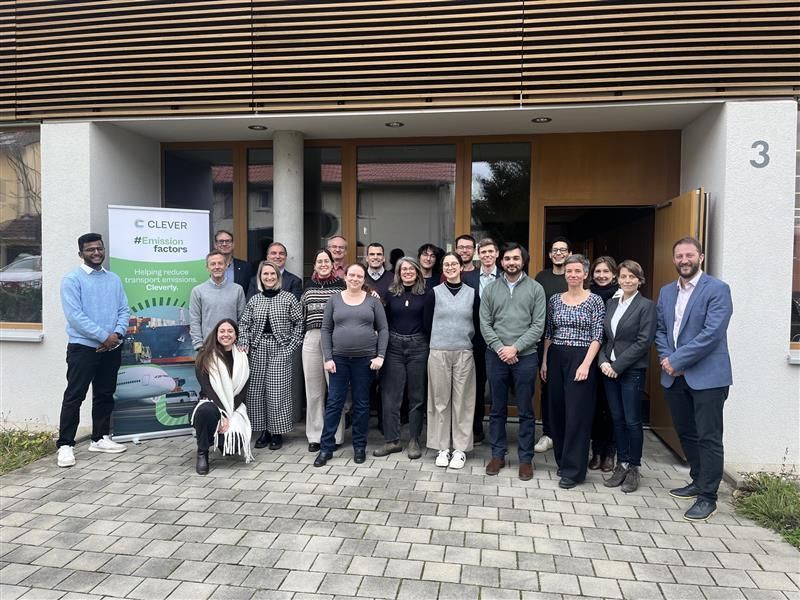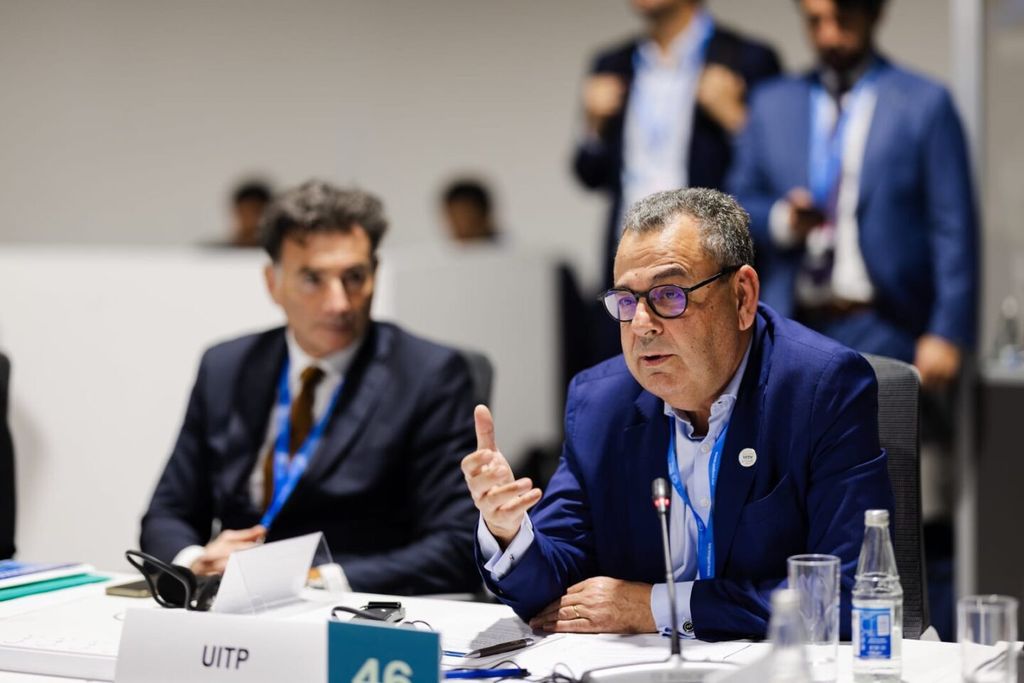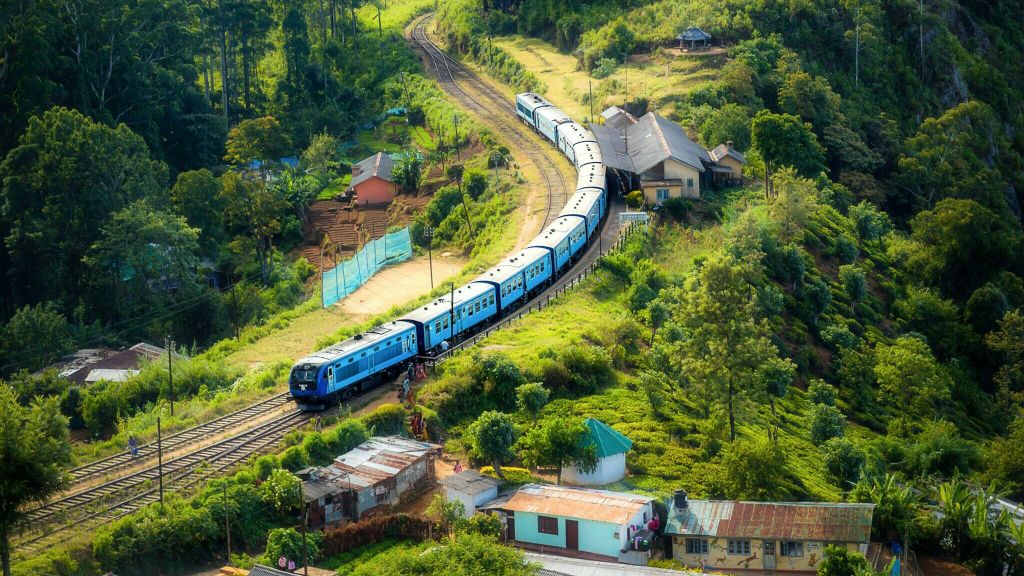
How public transport sector manages climate resilience, mitigation, and adaptation
Preparing for the climate crisis
2023 was the hottest year globally since records began. And with that comes an increased chance of disasters and disruption – floods, droughts, wildfires, earthquakes, hurricanes, and more. In all emergencies, the public transport sector has a key role to play.
In any given year, public transport operators across the world will serve over 4 billion people. That’s a lot of people who not only trust that they will be taken where they need to be, but that they’ll be safe and secure during their journey.
In UITP Asia-Pacific’s webinar on Public Transport in Disruption (Crisis and Peace Time), insights were shared on climate resilience and risk mitigation.
Prasarana Berhard Malaysia
Noraina Mustapha from Prasarana Berhard Malaysia showed how one of Malaysia’s largest public transport companies prepares for emergencies. She outlined three crucial elements of emergency preparedness to mitigate the effects of disasters: accessibility, community support, rapid movement.
In more detail, that means acheving five priorities:
- Ensure passenger safety
- Maintain service continuity
- Minimise economic impact
- Protect infrastructure assets
- Build public trust and confidence

“One primary role that we play in emergencies is evacuating residents from affected areas. In order to provide those evacuations, we had to develop risk management plans.”
MRT Jakarta, Indonesia
MRT Jakarta is leveraging tech and data to improve business continuity. Their strategy involved the development of data tools for the early detection of crises. That way, MRT can be proactive rather than reactive. Using data tools and risk assessments, MRT took the data from some key indicators in their Disaster Prevention System:
- Rain gauges in all elevated stations to measure rainfall intensity
- An anemometer to measure windspeed in the highest station
- Seismograph to predict earthquakes, located in substations
- Water level indicator in substations
This data is key to informing their actions and interventions.
LTA, Singapore
In Singapore, where LTA has a daily ridership of nearly 4 million, the operator, authority, and whole government work together to strengthen climate resilience. For instance, to be prepared for flooding, all station entrances are built at least 1m above ground level. That’s in addition to barriers at stations at higher risk as well as the placement of sump pumps and provision of flood incident exercises and training.
“Our framework understands that resilience in public transport is not solely the responsibility of individual entities, but a collective goal that benefits from the strength and insights of multiple stakeholders.”
MTA, New York City, United States
MTA has great responsibility for the safety of public transport across New York. In fact, the authority covers 75% of the population of the New York City metropolitan area, which totals around 7 million working individuals.
Porie Saikia, previously the Senior Director of Environment, Energy, and Sustainability at MTA and today the Head of Sustainable Strategies at MACE Group, shared insights on when New York’s resilience was tested by things like severe flooding events and storms.
Since the shock of Superstorm Sandy in 2012, which flooded even newly built stations and prompted impromptu flood defences, the city has constructed sea walls and barriers along the coast and around key infrastructure like ventilation buildings. This preparedness requires both large and small scale interventions, like having emergency back-up batteries and water-resistant tunnel lighting cables.
The pandemic, and the collapse in ridership that followed, was another crisis which MTA had to quickly find solutions to.
“One of the things that we were thankful to be able to do through UITP was to connect with other organisations going through the same thing and we learned from them.”
Building on the webinar, UITP Senior Director Jaspal Singh delivered opening remarks that noted that UITP is launching its first training programme on resiliency and climate impacts in New Jersey, United States, in October 2024.
The webinar featured expert speakers from 4 countries across Asia and North America:
- Porie Saikia FAIA, FCIOB, RIBA
Head of Sustainable Strategies, MACE Group
- Noraina Mustapha
Head of Risk, Governance, and Compliance, Prasarana Berhard Malaysia
- Fairus Jujur Setiawan
Operation Control Centre Department Head, MRT Jakarta
- Zhuang Zhijian
Acting Deputy Director of Emergency Preparedness, LTA Singapore
“In the public transport sector, we all are supporting each other to share knowledge and learn from each other to build better cities for future generations.”











